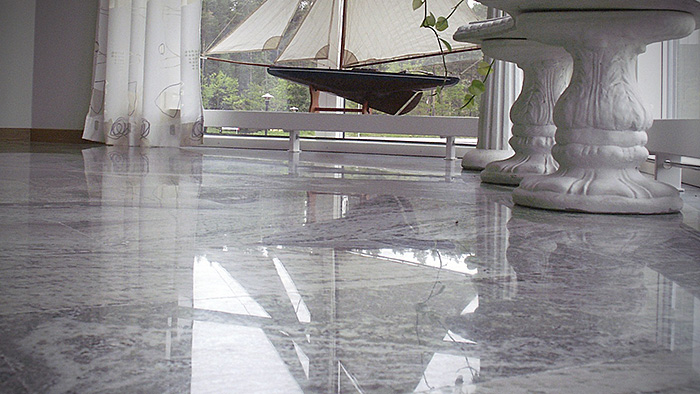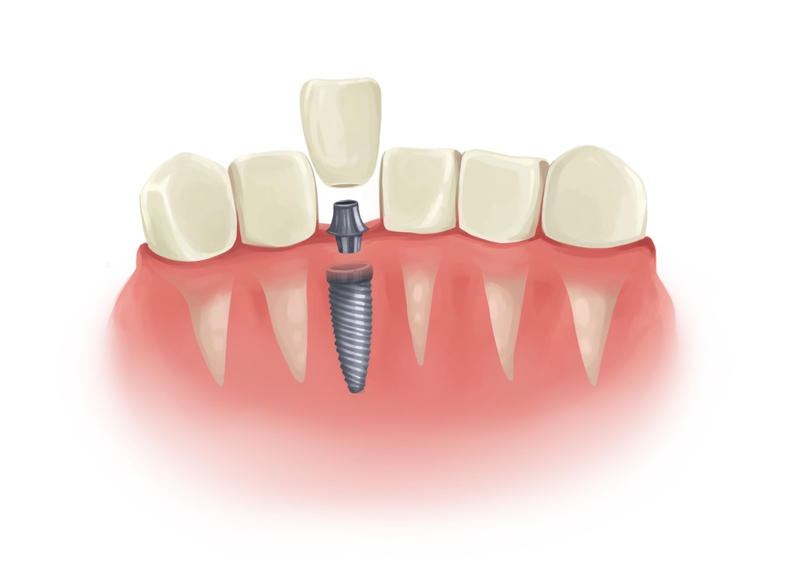
Marble floors are a classic feature for modern and traditional home interiors. Whether your marble floor is in a bathroom, kitchen, or entryway, it adds elegance and beauty to your home. While polished marble looks gorgeous, it can easily become dull with repeated foot traffic and harsh cleaning products. Marble is one of the hardest types of stone, but it’s incredibly soft and porous when compared to granite and other hard building materials. Polishing a marble floor will add shine and luster and can help prevent scratches. However, you must use the right technique to avoid damaging the stone with harsh chemicals. Marble is a beautiful thing to work with, but it can be tricky to use. One of the most important things when working with marble is making sure you keep the stone clean and polished. The following article will help you do just that.
Soft Broom to Sweep up
Use a soft broom to sweep up all the loose dirt and debris from the marble floor into a pile. Sweep the pile into a dust pan and pour it out into a garbage can. Pay special attention to any corners or spaces underneath furniture where dust and dirt can accumulate. Lift up any rugs or mats and remove them temporarily so you can access the floor underneath them.
Most Effective Ways to Clean Marble
Mop the floor with a detergent solution, using a mixture of about 6 to 8 tbsp. of dish-washing liquid for each gallon of water. Run this solution into a bucket and wring out the mop in it. Mopping the floor is one of the most effective ways to clean marble. One of the main advantages of mopping is that you are able to thoroughly clean rough or detailed areas where a vacuum cleaner would be ineffective. This process is also excellent for deep cleaning, as it allows you to loosen dirt and grime that has settled in cracks and crevices on the floor.
Crucial Part of Marble Polishing
Stain removal is another crucial part of marble polishing, even if the stains are not seen. This is because polishing can create a shiny and smooth surface on top of the stone, while still retaining stains that are deeper inside. A lot of chemicals can affect marble, so it’s important to know how to remove them. In particular, detergents and oils should be treated as soon as possible. Fortunately, there are things you can do to treat most stains on marble. One way to treat stains with a poultice, which a mix of ingredients used to draw out impurities such as grease and grime.
Requires a Little Practice and Patience
Marble polishing by hand is something that requires a little practice and patience. Before you begin, make sure to put on rubber gloves and close off any doors so the polish. Or dust doesn’t get spread throughout the rest of your home. To start, use a terry cloth towel to mop up any excess water from the floor. Then, wet a clean sponge or rag with your detergent solution, wring it out well and wipe the floor using straight, long strokes. Don’t scrub back and forth as this will only cause scratches. Polish the entire length of your floor in this manner, preferably working in a small area at a time since marble is delicate.
